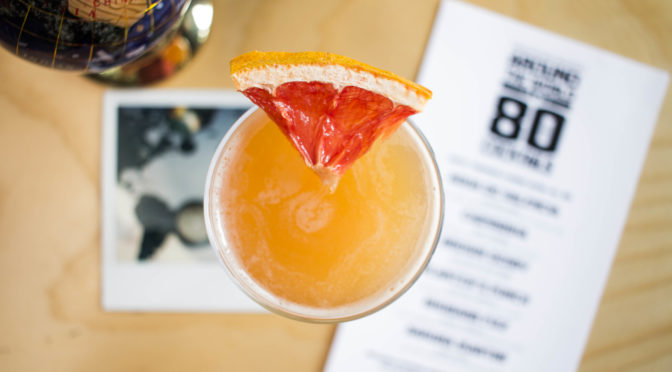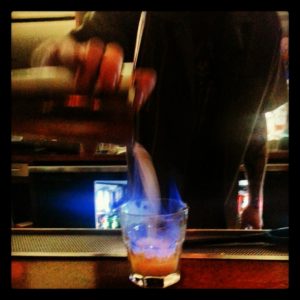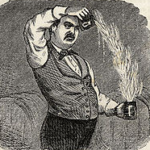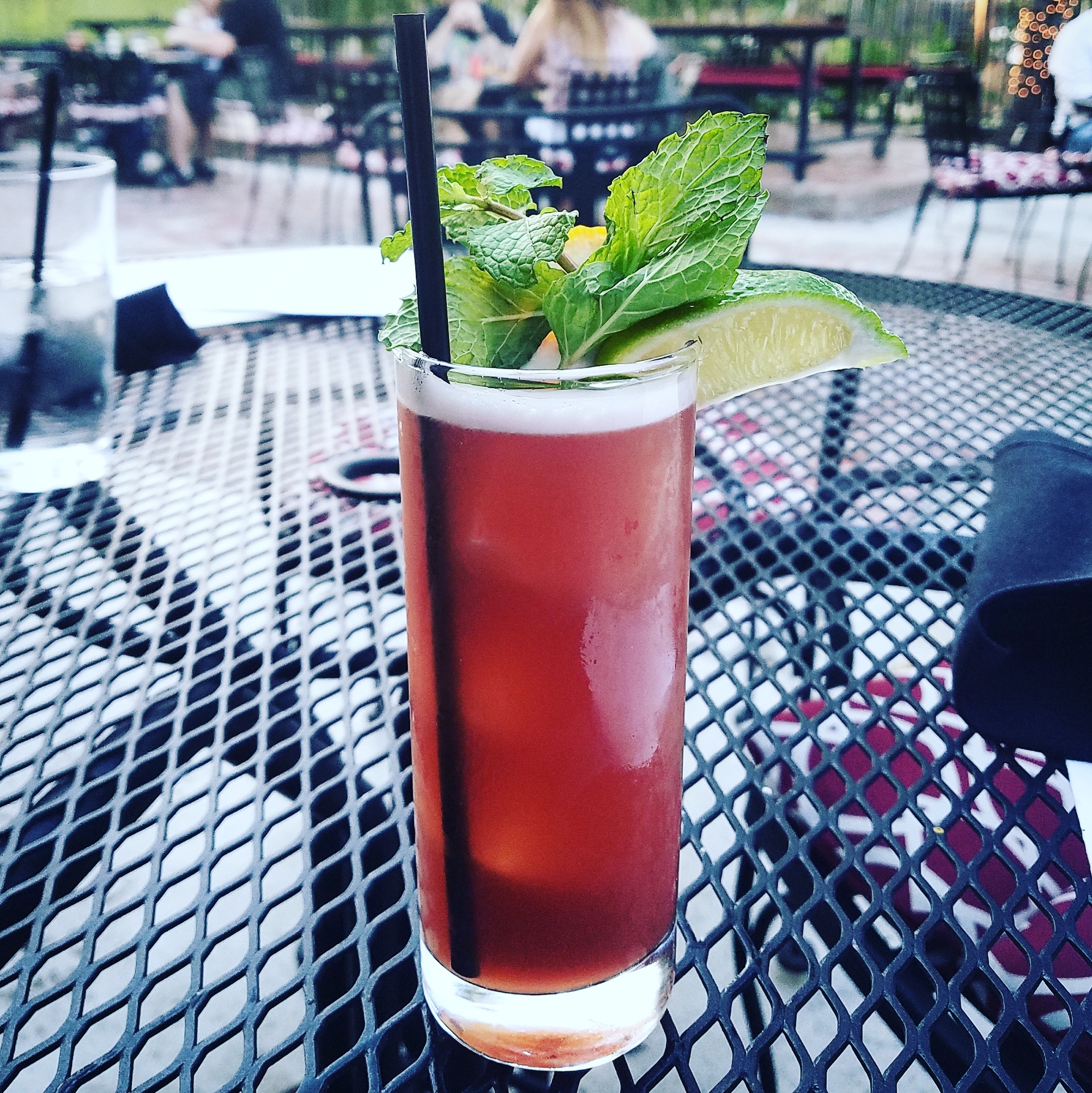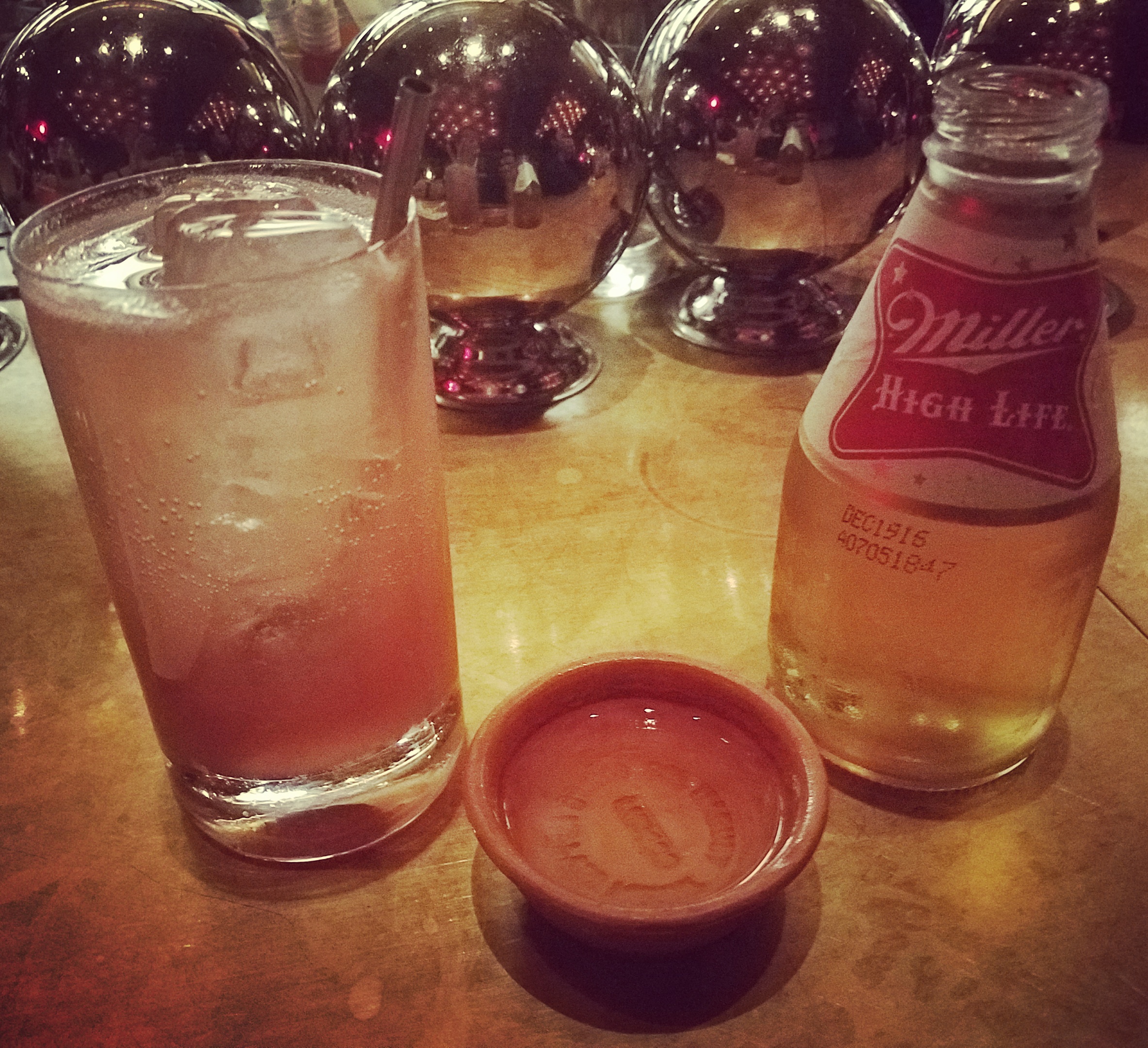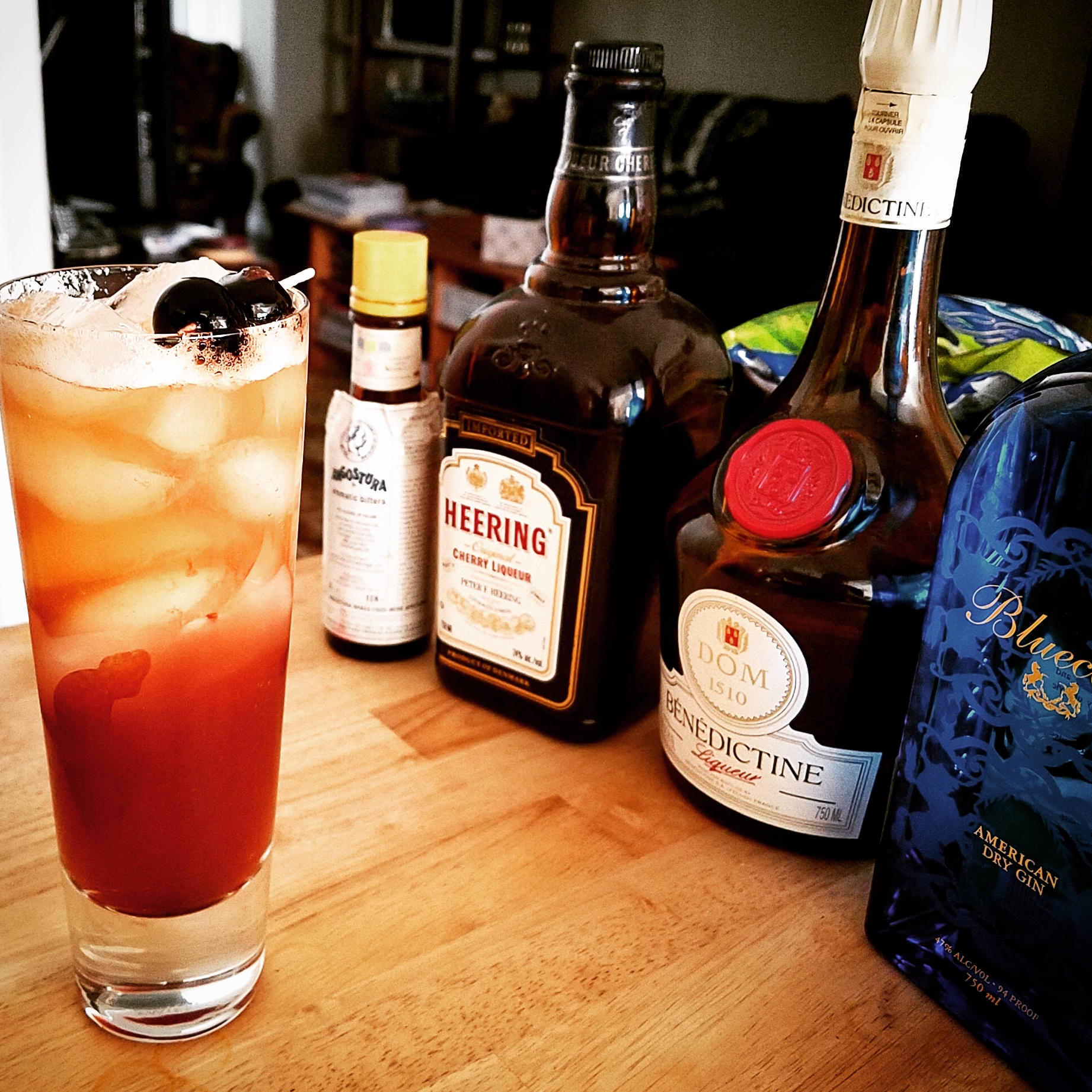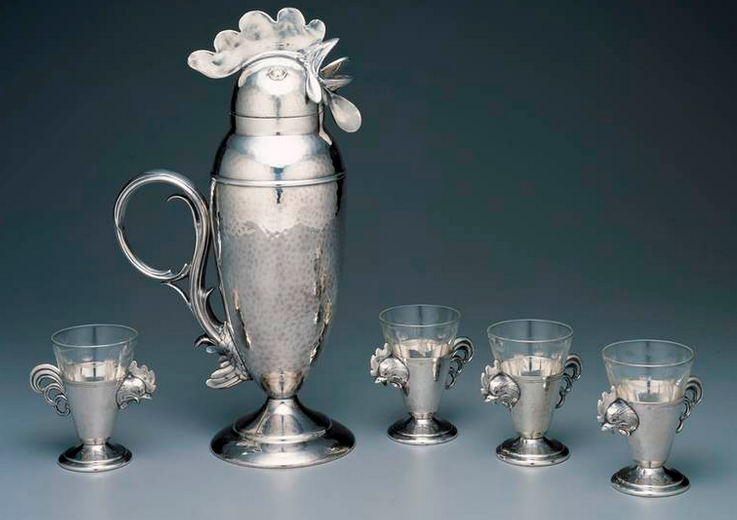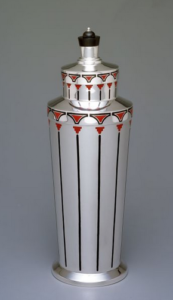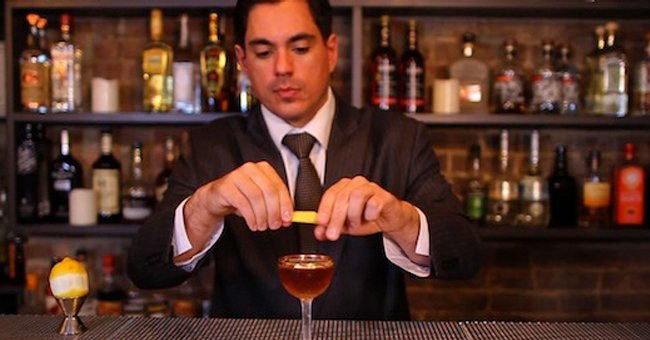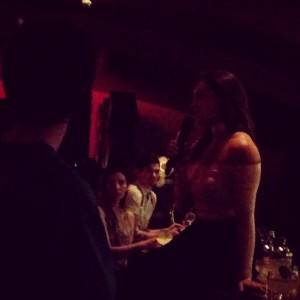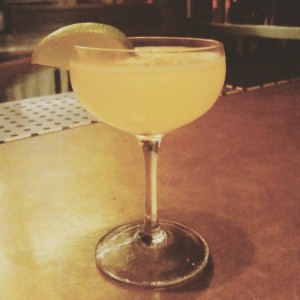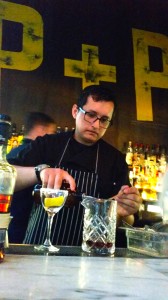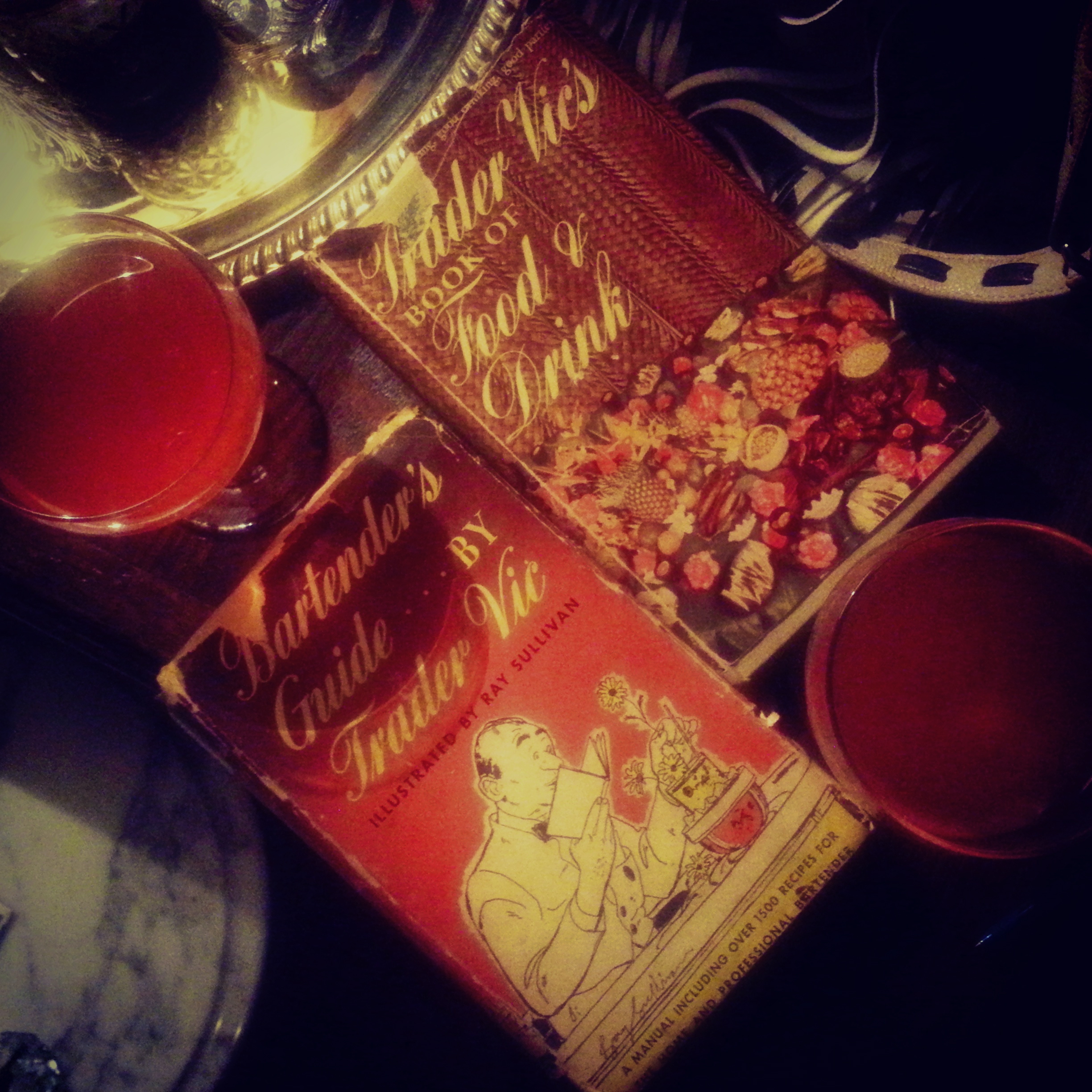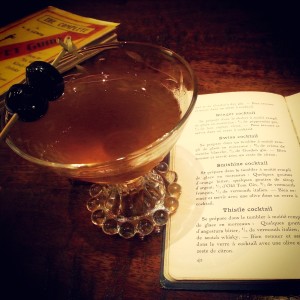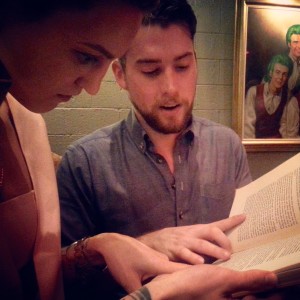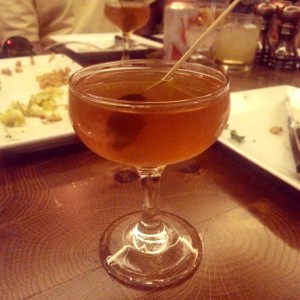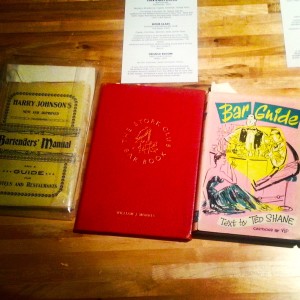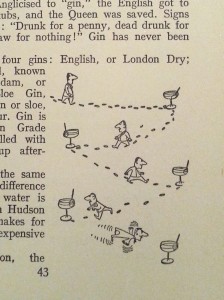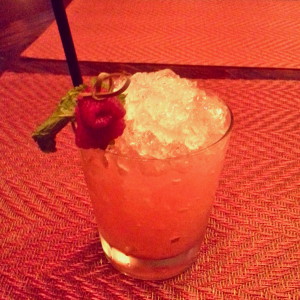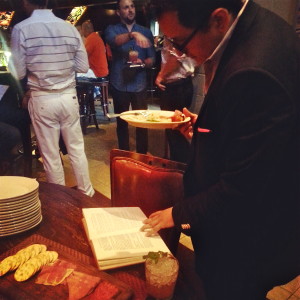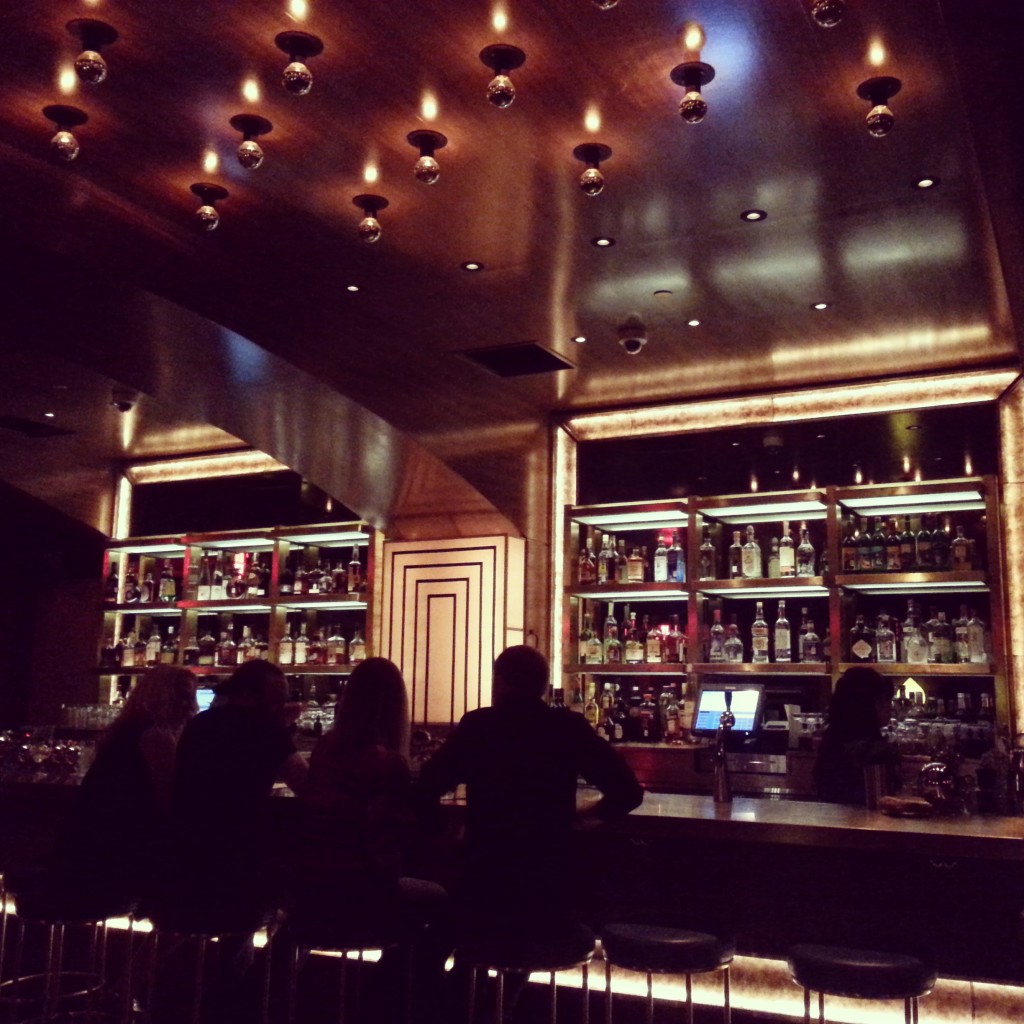
Chad Solomon and Christy Pope, owners of downtown Dallas’ Midnight Rambler, didn’t set out to open a hotel bar, but when the lower level of the Joule Hotel became available, the New York City transplants jumped at it. “We wanted to create something dynamic and soulful that felt like a standalone bar,” Solomon says. “Hotel bars can sometimes lack a pulse.”
This year, for the second time in a row, Midnight Rambler finished as a top-four finalist in the Best American Hotel Bar category at the Tales of the Cocktail conference’s annual awards. And last year, hotel bars accounted for all top five spots in the annual rankings of the world’s 50 best cocktail bars (of any kind) voted on by global drink experts.

When it comes to hotel bars, maybe you’ve got reservations: Aren’t they basically bland, overpriced way stations where you grudgingly take refuge in the face of bad weather, or knock down a so-so drink while waiting for your out-of-town friends to finish getting ready for an evening out?
Well, not only have hotel bars played an important role in craft-cocktail history, birthing modern classics like the Hanky Panky, Sidecar and the Bloody Mary; they’ve been key to the scene’s modern reawakening. The best of them aim to appeal to locals as much as to hotel guests themselves, and while prices do trend higher, so does the experience, offering quality, creativity, consistency and superior service as much as leathery swank or great city views.
“Hotels are the original high-end places that people went to drink,” says Ryan Littman, food and beverage director for the Sheraton Dallas.
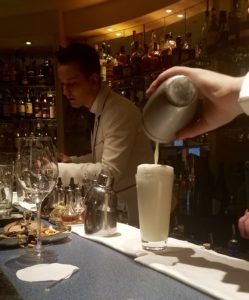
Take the American Bar at London’s Savoy Hotel: To this day, the globally lauded bar is an eye-catching beauty in sparkling white, with impeccable service and elaborately conceived cocktails, earning Tales of the Cocktail’s honor for best international hotel bar in 2018. But the place is no newcomer: Dating to the 1890s, it’s the longest surviving cocktail bar in London, where bartender Harry Craddock perfected the dry martini and in 1930 published one of the craft’s landmark recipe tomes, The Savoy Cocktail Book.
That’s the legacy Midnight Rambler built on when it opened in 2014, earning a sizeable local following with its glamorous, subterranean setting and thoughtful cocktails ($12-16) supported by a backroom lab with high-tech, ingredient-making gadgets. “We’re happy to be a destination bar,” Pope says. “What goes in your glass is important, but the experience is important as well.”
The bar’s success, along with cocktails’ continued popularity, has nudged other local hotels like the Canvas and AC Hotel to amp up or even re-do their bar programs. “It’s really come full circle,” Solomon says. “There’s a newer breed of hotel bars that don’t want to just be for guests; they want to be a destination for locals, too.”
Here are some of Dallas’ best.
THE MANSION BAR (at the Rosewood Mansion on Turtle Creek)
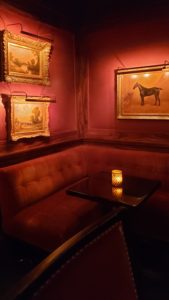
Probably no hotel bar in Dallas has spawned more talent in the local craft cocktail scene than the Mansion Bar, where three of Dallas’ most prominent cocktail pioneers – Eddie “Lucky” Campbell, Michael Martensen and Rocco Milano – all did time before making their names in the scene.
The bar, with its sexy lighting, velvet settees and Texan and equestrian-themed wall art, was once the dining room of the 1920s-era landmark former residence, which opened as a hotel and restaurant in the early 1980s. Renovated in 2007, it’s now a sleek spot to rub shoulders with wedding partiers and fancy nightcrawlers, with live music three nights a week.
“Saturday nights are like a party in here,” one busy bartender says between shakes.
The seasonally minded cocktails – priced from $14-$16 with a $23 Old Fashioned outlier – include the spicy Peach Please, with mezcal, Italian bitter liqueur, peach chile syrup and lime.
THE PARLOR (at the Sheraton)
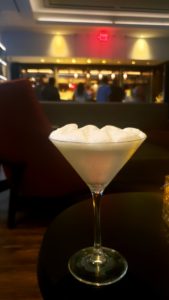
The Parlor is a relative newcomer, built like a living room – or at least one with a well-stocked bar at one end. There are no seats at the bar, just a lounge-like setting with sofas and sectionals amid encyclopedia-lined shelves and retro games like Atari, chess and shuffleboard.
A pair of vintage valises propped at the front doors signal The Parlor’s location, deep in the back pocket of the recently renovated Sheraton Dallas. “Hotels these days are finding a more secluded bar setting as being more attractive,” says Littman, the food and beverage director. “We wanted people to be able to come in and relax and be comfortable.”
That they are starting to do, from convention-goers to out-of-towners roaming Deep Ellum to downtown office-types who drop in for happy hour. The Parlor holds monthly art shows and retro game nights; a humidor and a discreet street entrance are in the works.
Cocktails are $15 apiece, featuring a selection of classics and their “reimagined” counterparts – for instance, the Daiquiri Reimagined substitutes smoky mezcal for rum and malic acid for lime, giving the drink a lighter feel. A meringue-like garnish of absinthe foam, zested with lime, lends a striking hint of anise and citrus.
LIBRARY BAR (at the Warwick Melrose)
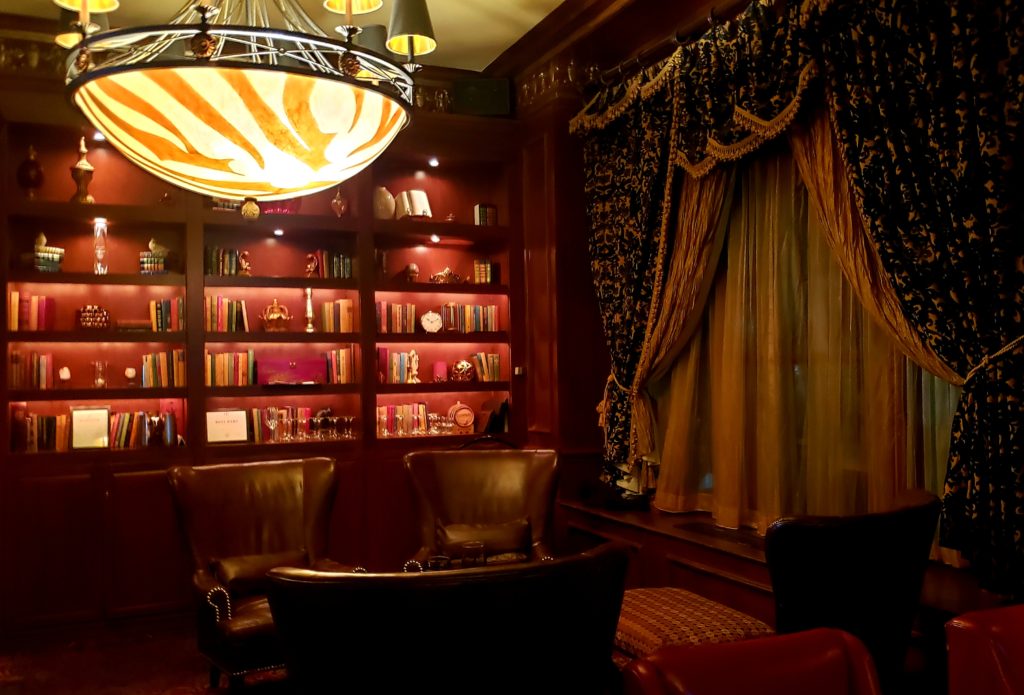
Keith, a retired firefighter from Sarasota, Fla., straddles his barstool like a La-Z-Boy, armed with a martini glass and shoulder-length white hair. “Yeah, this is the Library Bar,” he says with a manly growl. “I love this bar. All the mahogany.”
Like him, the iconic bar room inside the ritzy Warwick Melrose Hotel – built in 1924 – is sturdy and muscular, with tall, weighty shelves that mean business, lined with vintage decanters and objets d’art. Massive zebra-pattern lamps flank the mirrored bar presiding over a kingdom of leather and wood.
Classic drinks like the Sazerac, Old Fashioned and Gold Rush are joined on the menu by solid variations on the Sidecar, Aviation and New York Sour, with names tapping the bar’s literary theme. The clever Room 237 – a nod to Stephen King’s “The Shining” – is a spin on the Vieux Carre, with rye, Benedictine, simple syrup and peach and Angostura bitters. All drinks run a flat $16.
“Hotel bars have a reputation for being super expensive,” says bar manager Chris Hazelwood. “But we’re a smaller hotel, and we rely on the local community. I don’t want to raise prices just because it’s a hotel bar.”
The bar – named by Business Insider among the 30 most iconic bars in America in 2015 – has also been featured in Playboy, Maxim and The Wall Street Journal. And the food’s pretty good, too.
BOURBON AND BANTER (at the Statler)
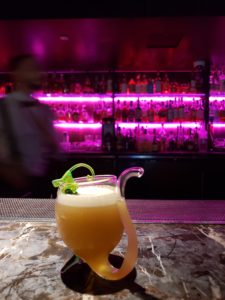
The drinks at this refuge in the lower level of downtown’s historic Statler Hotel are alternately eye-catching, interactive and whimsical – in short, Instagrammable. That’s by design, a nod to the tastes and word-of-mouth potential of the well-heeled hotel guests who pass through – the same motivations that pushed hotels to the forefront of the cocktail movement in the first place.
“We know that a big reason why so much of that was possible was because of the traveler,” says Kyle Hilla, the Statler’s beverage director. “Now, especially with social media and outreach from influencers, for someone from Chicago to come in and try one of our drinks and then push it out there – well, you can see why so many classic cocktails were developed in hotels.”
The low-lit, low-ceilinged, speakeasy-style bar hides behind a wooden panel that swings open with the punch of a code on a nearby phone. “It’s kind of a cheesy entrance,” said a guy visiting from New York. “But they make good drinks. That’s the only thing that matters.”
Those drinks, all priced at $15, are all named for hairstyles, a nod to the site’s former life as a salon. As with Midnight Rambler a few blocks away, Bourbon & Banter draws a good number of locals, even during the week, with acts like standards crooner Ricki Derek and a 2 a.m. closing time.
FRENCH ROOM BAR (at The Adolphus)

The bar adjoining the upscale French Room in the glitzy Adolphus is a testament to its legacy: A red-painted, 18th-century Chinese fireplace, once part of hotel founder Adolphus Bush’s collection, sits off to one side of the dimly lit lounge. The atmosphere is elegant and sophisticated, a site for making deals or romance, and it’s not hard to feel like you’re part of something grander than yourself.
“I think everybody who works here kind of feels like that,” says Leslie Hartman, the French Room’s wine director. “Because it’s not just any hotel. It’s the Adolphus.”
Built in 1912, the elaborately detailed hotel was Dallas’ tallest building at the time; more than a hundred years later, the bar and restaurant were reinvented and reopened in October 2017. An arcing, six-seat bar is the focal point of the room, with the proverbial bottle of Louis III cognac on the top shelf.
The French-leaning cocktails – think cognac, pamplemousse and Pernod – are priced from $14 to $23. The Peche d’Ange is an elevated whiskey sour, with Angel’s Envy, peach liqueur, sugar, lemon and peach bitters. “We want to highlight what’s hot now, to see what those trends are and run with them,” says French Room general manager Victor Rojas. “It’s not enough to just offer what 10 bars down the road are doing.”

